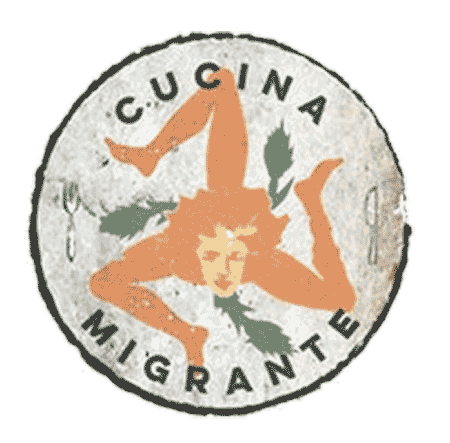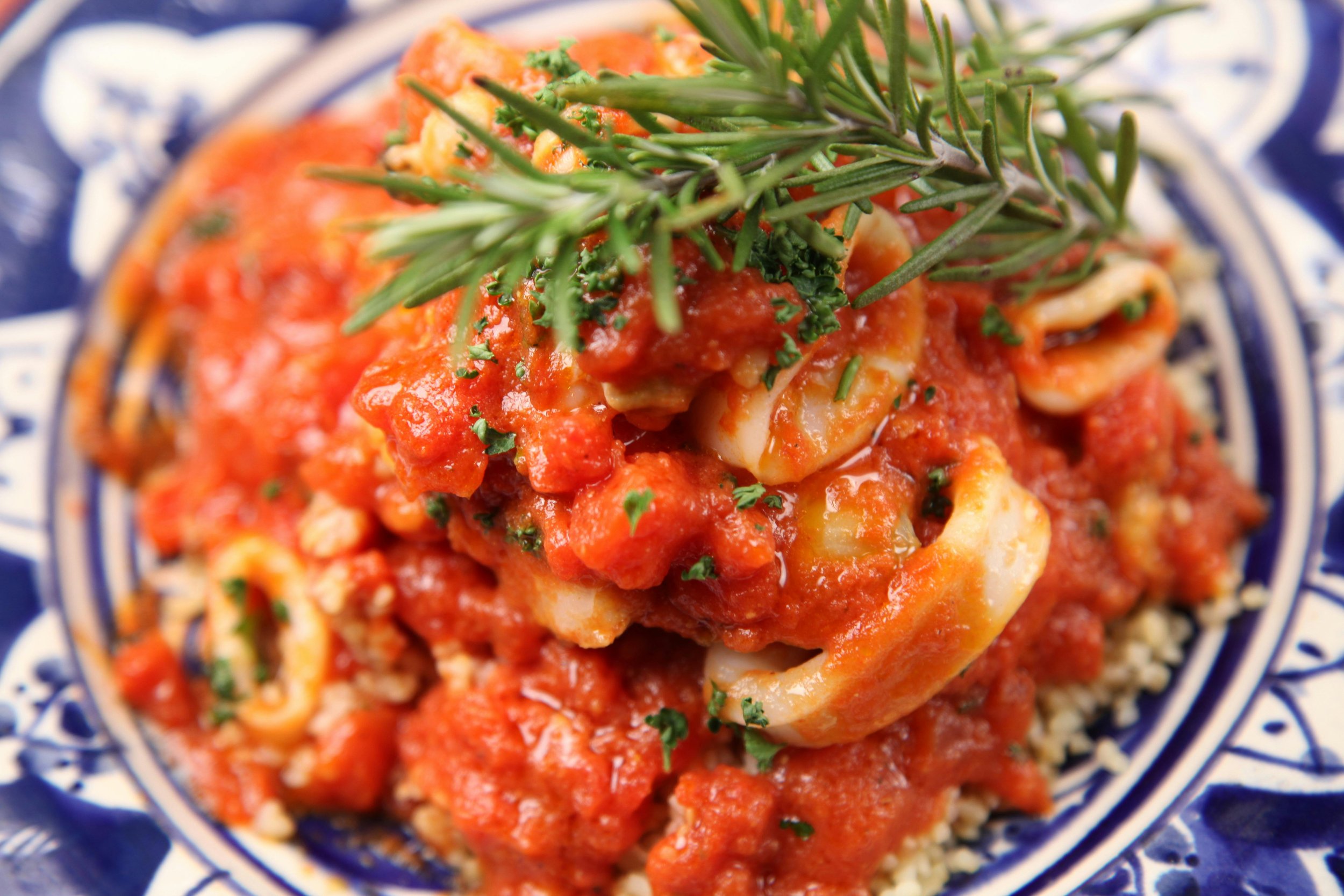Think Italian cooking is all about pasta and sauce? Think again—these 5 timeless secrets will change the way you cook everything.
5 Secrets from Our Italian Cooking Classes
Italian cooking has a way of making everything look effortless. A few tomatoes, a handful of basil, maybe a drizzle of olive oil, and suddenly, there’s a meal on the table that feels both rustic and refined. But behind that simplicity is something deeper: a philosophy that shapes how Italians traditionally cook, eat, and think about food.
At Cucina Migrante in San Diego, our Italian cooking classes are built around those same principles—not just how to make a dish, but how to understand it. The goal isn’t to memorize recipes; it’s to learn how to cook with intuition, balance, and restraint.
What’s remarkable about Italian cooking is how universal its lessons are. The same principles that define a perfect risotto—patience, precision, and respect for ingredients—are the ones that make any kind of cooking better. Italian cuisine teaches you to trust your palate, not the recipe. It shows you that the best dishes aren’t the most complicated ones; they’re the ones that make every ingredient matter.
In this post, we’ll share five Italian cooking secrets from our chefs that go beyond the kitchen in Italy. These are the ideas you’ll experience firsthand in our San Diego classes: lessons that can transform not just the way you make pasta, but the way you cook everything.
Table of Contents
Secret #1: Use Fewer, Better Ingredients
If there’s one idea that defines Italian cooking, it’s this: less is more—as long as what you have is exceptional.
In Italy, a great meal rarely starts with a long list of ingredients. It starts with one or two extraordinary ones, like a tomato so ripe it barely needs salt, or an olive oil with such robust flavor, it stands on its own. The technique is secondary; what matters most is the ingredient’s integrity.
That’s why Italians don’t overcomplicate their food. A pasta dish might have four elements—pasta, olive oil, garlic, and cheese—but each is carefully chosen and treated with respect. The olive oil isn’t just any oil; it’s regionally sourced, peppery, and vibrant. The cheese isn’t a generic grated mix; it’s Parmigiano-Reggiano aged for 24 months.
When you start cooking this way, you stop chasing “more” and start refining your sense of taste. You begin to understand the subtle difference between sweetness and ripeness, or how good salt can elevate a dish without overpowering it.
In our San Diego cooking classes, this is often the first mindset shift students experience. They realize that Italian cooking isn’t about extravagance, it’s about confidence. When your ingredients are good enough, you don’t need much else.
Secret #2: Ditch the Shortcuts
Italian cooking doesn’t cut corners. Not because it’s rigid, but because shortcuts get in the way of flavor.
Ask any Italian cook and they’ll tell you: jarred garlic, pre-shredded cheese, and cooking wine have no place in the kitchen. They’re conveniences, not ingredients. When you use them, you trade depth for efficiency, and the dish knows it.
Fresh ingredients don’t just taste better; they behave differently. Fresh garlic softens and sweetens as it cooks, building a foundation of flavor that the pre-minced stuff can’t touch. Real Parmigiano-Reggiano melts into a sauce instead of clumping. And a wine you’d happily drink on its own adds acidity and complexity that cooking wine—with its added salt and preservatives—simply can’t provide.
At Cucina Migrante, we see this realization click with students all the time. When you smell fresh garlic sizzling in olive oil for the first time, you understand why Italians never compromise on the basics. It’s not about being elite or a purist; instead, it’s about respect for the food, the process, and the person you’re cooking for.
Secret #3: Let Seasonal Produce Lead the Dish
In Italy, cooking begins with the garden. What’s fresh that day determines what’s for dinner, not the other way around. Tomatoes in August, artichokes in spring, porcini in fall. It’s a rhythm guided by nature, not by recipes.
That philosophy translates beautifully to markets in San Diego. Here, we’re lucky to have farmers’ markets that rival the bounty of any Italian garden. On any given weekend, you can find robust heirloom tomatoes, fragrant fresh basil, and bright, juicy citrus.
Italian cooking is about doing more with less by knowing that great ingredients rarely need help to shine. Zucchini doesn’t ask for cream; it asks for good olive oil and a little patience. Fresh tomatoes don’t want to be stewed; they want a quick turn in a hot pan and a pinch of sea salt. The goal isn’t to transform what’s in front of you, but to listen to it and let the season decide the flavor.
Secret #4: Finish Pasta in the Sauce
One of the simplest ways to elevate pasta is to finish it in the sauce. Instead of boiling, draining, and blanketing it afterward, pull the pasta from the water while it’s still slightly undercooked and let it finish cooking directly in the pan. In that last minute, the transformation happens: the pasta begins to absorb the sauce rather than simply wear it.
As the two come together, the starch from the pasta water emulsifies with the oil, butter, or tomato base, creating a sauce that’s glossy, rich, and perfectly bound to every strand. It’s the difference between pasta with sauce and pasta becoming the sauce—a subtle difference that defines great cooking.
This is one of our favorite techniques to teach during our Italian cooking classes at Cucina Migrante, because once you try it, you never go back to just boiling, draining, and pouring sauce on top. This technique is Italian simplicity at its best.
Secret #5: Don’t Toss the Pasta Water
If there’s one small trick that makes your pasta taste like it came from an authentic Italian kitchen, it’s this: save your pasta water.
That cloudy, starchy liquid everyone pours down the drain is one of the best natural thickeners you can use. Add a small splash to your sauce—whether it’s tomato, cream, or olive oil-based—and it transforms. The starch helps the sauce cling to the pasta rather than slide off, creating that silky, restaurant-quality texture that feels just right.
You don’t need much, as a ladle or two goes a long way. Stir it in near the end of cooking, and you’ll see how the sauce changes. It tightens, glazes, and suddenly coats every noodle evenly.
At our Italian cooking classes, students love this step because it’s so simple and so effective. Once you see how much better your sauce looks (and tastes), it becomes second nature.
Cooking Like an Italian Is About More Than Food
The beauty of Italian cooking is that it teaches you more than recipes—it teaches you how to cook with awareness. Once you understand the basic principles and techniques, you start to see every ingredient differently. You taste before seasoning, you notice how olive oil smells when it’s ready, and you find satisfaction in the small, simple moments that happen over the stove.
That’s the real secret behind great Italian food: it’s thoughtful, grounded, and deeply human. It’s less about chasing perfection and more about enjoying the process, trusting that good ingredients, when treated with care, will always give you something worth sharing.
If this approach to cooking resonates with you, we’d love to help you experience it firsthand. Our Italian cooking classes in San Diego are built around these same ideas: slowing down, cooking with intention, and rediscovering the joy of food made from the heart.


